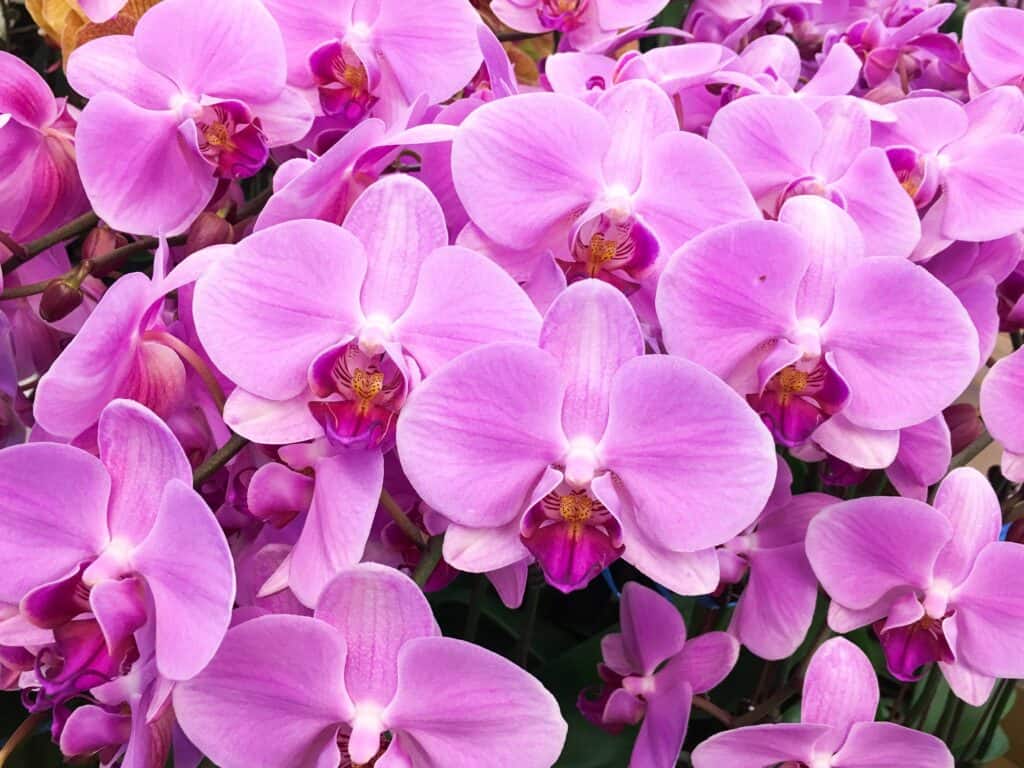
Tips for creating stunning photography with flowers
Photography is a powerful medium that allows us to capture images of the natural world that stand out to our artistic eye. One enduring subject that’s inspired countless generations of camera aficionados is fresh flowers. Their spectrum of colors, unique attributes, and nuanced details make them an obvious muse, whether for amateurs or seasoned professionals. Fun fact: Roses are the most photographed flower in the entire history of the medium. Join us here at Cascade Floral Wholesale as we roll up our sleeves, share tips, and explore techniques to help you create floral images that stun.
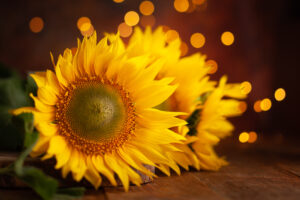
Which Flowers Are Best for Your Needs?
The flowers you chose to work with are an obvious starting point for your project. Experiment with various blooms and shapes, from big and bold (such as roses, sunflowers, and dahlias) to more intricate options (like orchids, daffodils, and irises). Create stunning color palettes, from monochromatic or triadic to complementary or a whole rainbow spectrum. Finally, consider the stage of the flower’s life cycle, as capturing buds, fully-bloomed blossoms, or even wilting petals can tell a story in your images. Be sure to note how long you need each bloom to last and care for them accordingly.
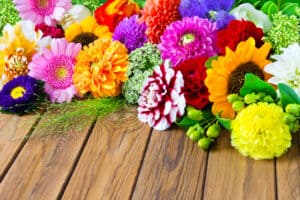
Consider Your Lighting and Color Needs
Lighting is one of the key elements in photography, and it becomes even more significant when photographing flowers in natural light. Soft, diffused light, such as during the golden hour (just before sunrise or sunset) or the blue hour (just after sunrise or sunset), can create a dreamy, ethereal atmosphere. Avoid harsh midday sunlight, which can cast harsh shadows and blow out highlights. If you have a full photographer’s setup indoors, you’ll have more control as opposed to relying on natural lighting. Additionally, consider exploring different hues by introducing color filters or playing with post-processing techniques. For example, convert your images to black and white to focus on shapes and textures or create a vintage effect.
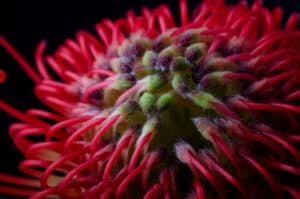
Be a Master of Composition
Flowers look different depending on the angle at which you approach them with your camera, so experiment with perspective to bring out a variety of their characteristics. One popular technique is macro photography, which allows you to capture intricate details, such as the texture of the petals or stamen. Shoot from above for a flat lay effect, or get up close to capture the complexity of the petals. When applicable, try using the rule of thirds to create balance and visual interest in your images, especially outdoors. You can also use a shallow depth of field to isolate the flower and create a beautiful bokeh effect, blurring the background and drawing attention to the main subject.
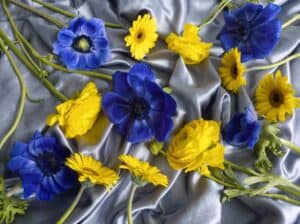
Enhance Images with Props and Backgrounds
Props like vintage books, textured fabrics, or antique vases can add another layer of storytelling to your images, just as they do in many classical still-life paintings. Carefully curate the scene to ensure that the props don’t overpower the flowers but instead complement them. Bearing in mind the same rule when selecting backgrounds, aim for simplicity to let the flowers shine. A plain wall, a field of green, a rustic wooden surface, a blue sky, or a fabric backdrop can help highlight the beauty of each breathtaking bud.
Fresh flowers offer an endless source of inspiration for photographers at every level. Browse the flower selection here at Cascade Floral Wholesale and choose the perfect bunch to help bring out your inner Ansel Adams.
